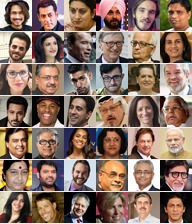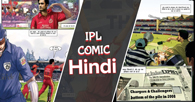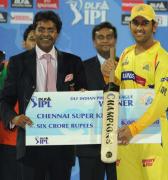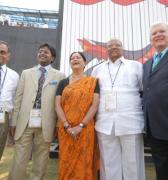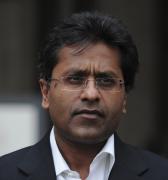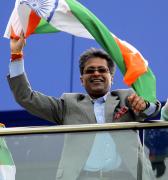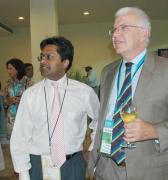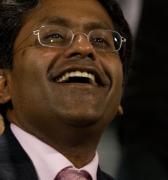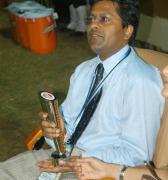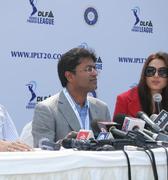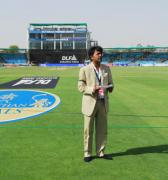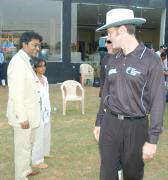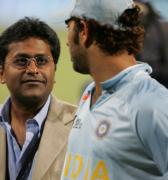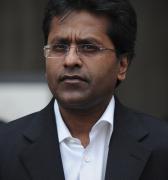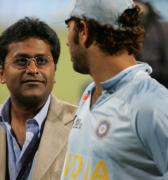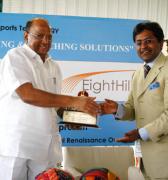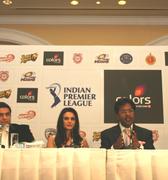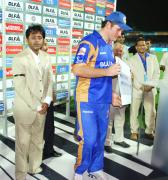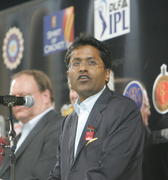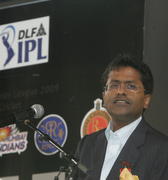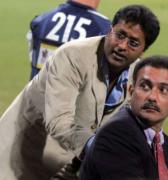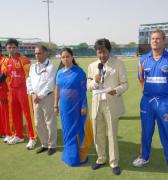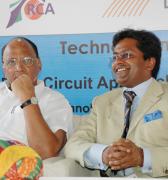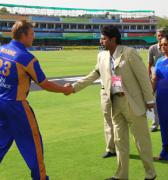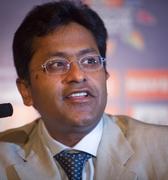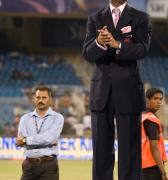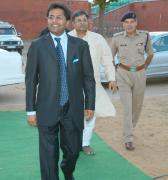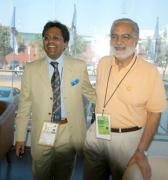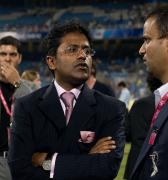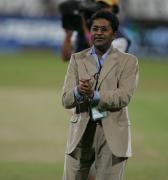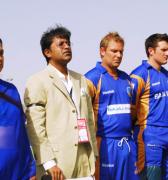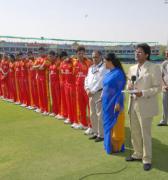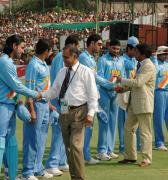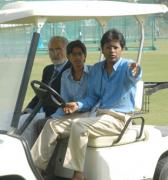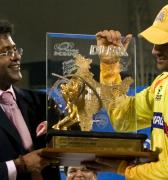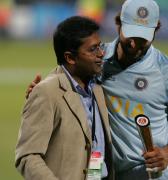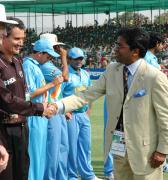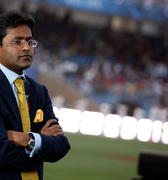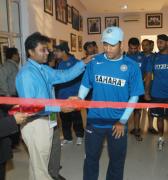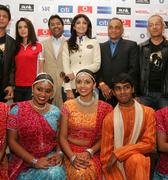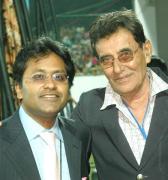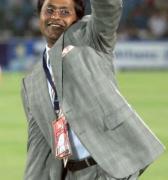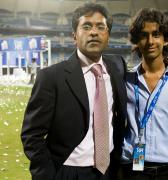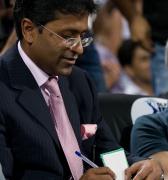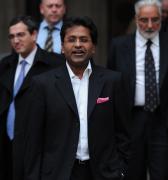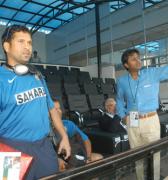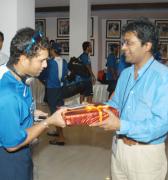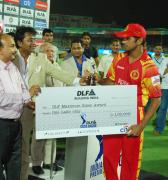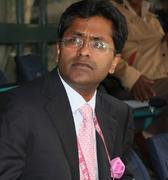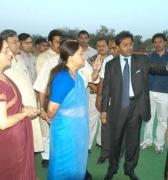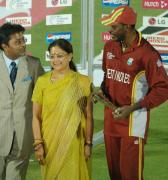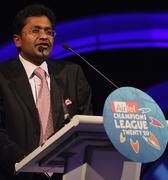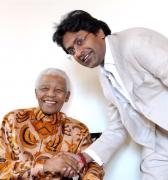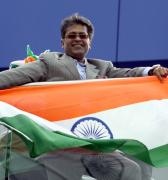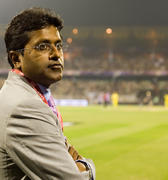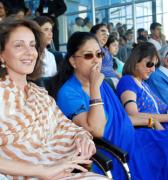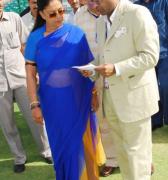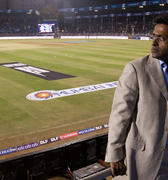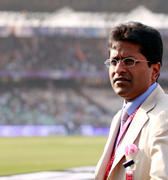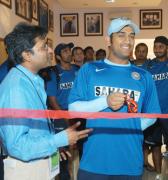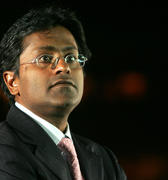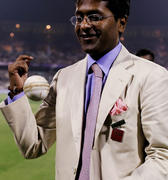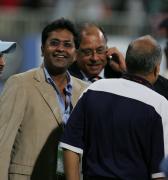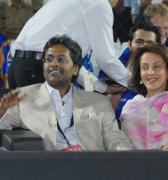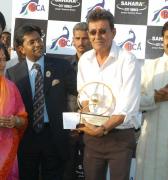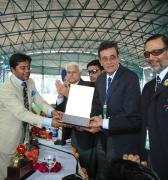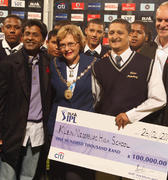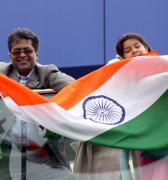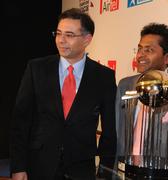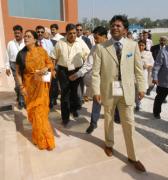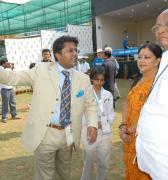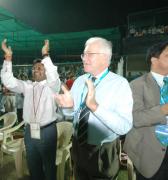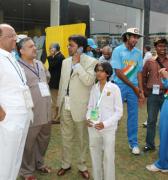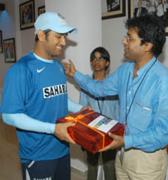The BCCI's technical committee, headed by former India captain Sourav Ganguly, on Tuesday called for a major revamp of the Ranji Trophy by recommending the doing away with of the earlier Elite and Plate Divisions and making it a 27-team tournament.
The Committee, which met in Mumbai for over two hours, recommended an overhaul of the elite domestic event, which has been struggling for relevance. The BCCI's Working Committee will now study the recommendations and decide on whether to implement them or not.
According to the new format, the 27 teams will be divided into three groups of nine teams each and each team will play eight matches in the league stage. In the previous format, Elite Division was divided into two groups of eight teams (A) and seven teams (B). The Plate Division was divided into two groups (A and B) consisting of six teams each.
"We have recommended two major changes in Ranji Trophy format. There will be nine teams in three groups A, B and C. Each team will play eight matches in the league stage and there will be promotion and relegation," Ganguly told reporters after the meeting.
"The changes will make the competition even and each team will play a few more matches. But all these are recommendations and the BCCI Working Committee will take the final decision," he added.
The new format brings parity in the number of matches that the teams will play against each other in the league stage. Earlier, in the Plate Division, a side could play five matches at the preliminary level.
The top three from group B at the end of the season would be promoted to group A, while the bottom three from the latter group would be relegated to group B. The last two from group B would go down further to group C, from where the top two would be promoted to group B.
Besides, the Committee decided to make the quarter-finals and the semi-finals of the tournament five-day affairs instead of the four-day matches that were played till this season. Top three teams each from group A and B and top two teams from group C will play in the quarterfinals. The final will remain a five-day match as has been the practice.
Other important recommendation by the Committee on Ranji Trophy was a change in the points system. "We have recommended that the winning team in each match should get six points while a drawn match should fetch three points each for both the teams," Ganguly said.
Earlier in drawn matches, the team which takes first innings lead gets three points while the other side collects one point. The Ganguly-led Committee also recommended the inclusion of the national One-Day champions as the third team in the NKP Salve Challenger Series.
"We have recommended the inclusion of national one-day champions (winner of Vizay Hazare Trophy) as the third team in the NKP Salve Challenger Series. The Board selectors will pick the two teams while the Vizare Hazare Trophy winners will be the third team," said Ganguly.
Till the last season, the NKP Salve Challenger Series was played between three teams - India Red, India Blue and India Green - all picked by the national selectors. The Committee also recommended the Board to prepare some wickets which have grass and bounce on them for the benefit of national team prospects.
Ganguly said the Committee wanted the trial of India 'A' players on such wickets so that this can help them in overseas tours. "We want to have trials of India 'A' players on wickets which have some grass and pace so that it helps them in overseas tours," he said.
"We also have recommended that the Pitch Committee should monitor wickets for domestic matches one week in advance. They should reach the venue one week before a game to monitor the pitch," he added.
If in the Ranji Trophy knockout phase, a result on first innings is not obtained at the end of the fifth day, then the match will be extended into a sixth day. If a result on first innings is not obtained even at the end of the sixth day, then the winner will be decided on the spin of a coin.
Regarding the Ranji Trophy points system, an outright win give the team six points while both teams will get three points each in case of a tie on both innings. If a team wins by an innings or by 10 wickets, it will get one bonus point.
A first Innings lead but no outright win will give the team three points while a loss on first innings will fetch one point. A tie on first innings without outright result will result to both teams getting one point each. If the innings results were not achieved with or without weather interference, one point will be awarded to each team.
According to another recommendation of the Technical Committee, each Under-22 side will now be called the 'A' team of that association. Players who are below 25 years of age, as on September 1 of that year in which the season starts, will be eligible to be a part of the team. Every team will be allowed to field three Ranji Trophy players (those who have figured in the playing XI in the Ranji Trophy in the ongoing season or immediate preceding season) in each game.
In Under-16 tournaments, all matches in the knockout stage will be four-day affairs. The domestic tournaments, according to recommendations of the Technical Committee, will be played in the order of Duleep Trophy, NKP Salve Challenger Trophy, Ranji Trophy, Irani Cup, Vijay Hazare Trophy, Deodhar Trophy, Syed Mushtaq Ali Trophy.
There will be two Irani Cup games in the 2012-13 season. In September, Rajasthan, the Ranji Champions of 2011-12, will play the Rest of India. After the Ranji Trophy final in early 2013, the 2012-13 Ranji Champions will play the Rest of India.
PTI




